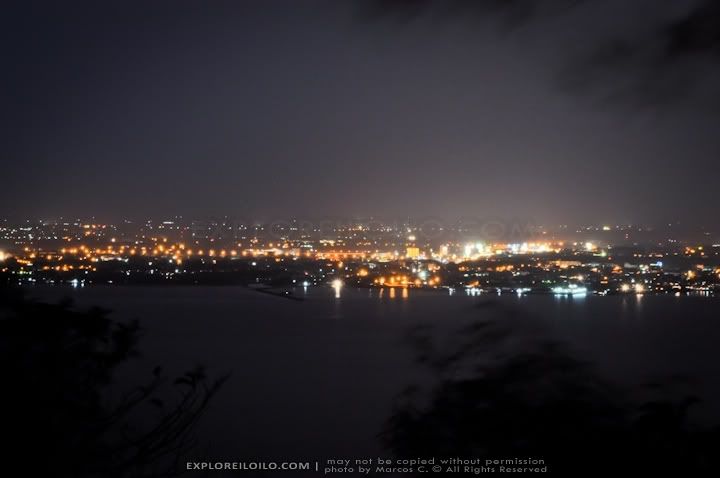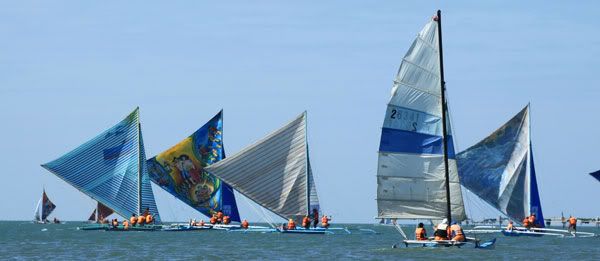Rapid urbanization bear witness to cities scouring for a blueprint to a livable and sustainable future, but this pursuit is fraught with setbacks.
- By Bret Cornelia, Joseph Villafuerte Post date February 16, 2025
The global surge in urbanization has intensified the demand for cities to evolve into functional, sustainable, and livable environments. In the Philippines, a collection of towering infrastructures stands as a testament to this evolution: model cities. Celebrated for their striking architecture and innovative urban planning, these urban oases offer a compelling blueprint that urban planners across the country can emulate to foster more resilient and lively communities.
Cities that meet exceptional standards in a range of urban metrics often earn the distinction of being called a “model,” becoming blueprints for future urban developments. These model cities may take on a myriad of forms and shapes, yet they all typically share defining characteristics that underscore their excellence. For Mia Quimpo, Head of Planning and Urban Design at Ayala Land, a model city seamlessly harmonizes three key qualities: functionality, sustainability, and human-centric design.
A city’s functionality hinges on its ability to offer essential services and accessible facilities through mixed-use developments that combine residential, commercial, and recreational areas. Such compact urban designs promote pedestrian mobility and encourage public transport use. Quimpo highlights Iloilo City’s River Esplanade, which began as a flood control project that evolved into a 10-kilometer linear park.
Similarly, Bonifacio Global City features extensive commercial areas alongside community spaces and pocket parks designed for walking, biking, and using e-scooters. However, as with global cities, its focus on economic influence over urban innovation limits its capacity to fully enhance the resident’s quality of life. This is especially evident in the lack of accessible public transportation in such cities, encouraging private vehicle travel that eventually causes rampant traffic congestion despite the city’s walkable nature.
Amid escalating climate challenges, sustainability underscores the importance of designing cities that not only thrive but protect future generations. Quimpo posits that integrating renewable energy sources and energy-efficient infrastructure will promote sustainability, referencing Clark Green City—the country’s first green and smart city. By utilizing a vast network of solar panels as well as a district cooling system, the city aims to achieve carbon neutrality and eliminate greenhouse gas emissions while producing its own sustainable energy.
Lying at the core of a model city is human-centric design, defined by a great urban center. Cities that prioritize parks, plazas, and urban forests enhance social interactions and improve mental well-being—an often overlooked aspect of urban living. Quimpo also emphasizes the importance of cultural preservation, with the River Esplanade serving as a prime example as it complements tourist attractions and historical landmarks. This focus on heritage was a key consideration in the planning of the metro, a notable rarity among urban centers in the Philippines.
From roadblocks to building blocks
Locally, there are several cities that exemplify the qualities of a model city. Yet many of them can learn from global examples. In terms of modern urban development, Cebu City leads the way with its “Bus Rapid Transit” system, enhancing transportation efficiency and accessibility within the city. Moreover, Cebu has seen the recent rise of mixed-use developments, such as the IPI Center Done Rockwell, which fosters dynamic communities by combining multi-purpose spaces into one cohesive design.
For disaster resilience, a crucial consideration in urban development, Clark Green City exemplifies smart city design that incorporates typhoon and earthquake preparedness. The Department of Public Works and Highways (DPWH) is also advancing the upcoming Bridge Seismic Retrofit Program to strengthen and reinforce critical bridges in high-risk areas to withstand seismic activity. The blueprint comes from Japan, serving as a model for disaster-resistant construction, as it uses thicker beams and walls to withstand earthquakes.
Philippine cities constantly face challenges like frequent floods and earthquakes. When it comes to flood management, DPWH Undersecretary Maria Catalina Cabral shares that the Metro Manila Flood Management Project aims to rehabilitate 36 pump stations to address urban flooding and improve solid waste management in flood-prone areas. Comprehensive flood management plans for major river basins, such as the Agno and Cagayan Rivers in Northern Luzon, are also in development.
While these accomplishments are commendable, Quimpo notes that cities such as Iloilo and Cebu often fall short with regard to public transportation and traffic management, especially when compared to global benchmarks like Singapore and South Korea. For instance, Singapore’s Mass Rapid Transport system, spanning 241 kilometers with 141 stations, vastly improves transportation accessibility compared to the limited Philippine rail network.
Quimpo points to Singapore’s extensive water infrastructure as a reference model for flood management. It features an 8,000-kilometer network of waterways as well as 17 reservoirs developed under the “Active, Beautiful, Clean Waters” program, which integrates the drainage systems with the surrounding environment in a holistic way.
As we march forth into utopias we can only dream of, Cabral acknowledges that hurdles such as limited technical expertise and inadequate funding hinder further urban development. Similarly, Quimpo advocates for increased investment in disaster-resilient infrastructure, emphasizing risk mapping and early warning systems inspired by international models from Japan and Bangladesh.
The enactment of Republic Act No. 9003, also known as the Ecological Solid Waste Management Act or the Extended Producer Responsibility Act of 2022, holds significant potential in protecting and promoting green infrastructure. Quimpo points to the Roxas Boulevard Promenade, a project under the national initiative Green, Green, Green! Program, which improves Manila Bay’s green spaces to foster social interaction and overall well-being.
To ensure long-term success, the government must strengthen these initiatives through anti-corruption measures, zoning laws, and the upholding of transparency and accountability. While the DPWH, as Cabral shares, has various initiatives aimed at improving infrastructure and public safety, most of these become undermined by corruption and lax implementation, further stagnating the nation’s development.
“Promoting unified political leadership and collaboration across local governments, national agencies, and private stakeholders will ensure long-term and cohesive urban development plans,” Quimpo points out. Hence, educating the nation on sustainable practices through campaigns, workshops, and community involvement will foster more support for urban planning initiatives, paving the way for a sunkissed future for Philippine cities.



















